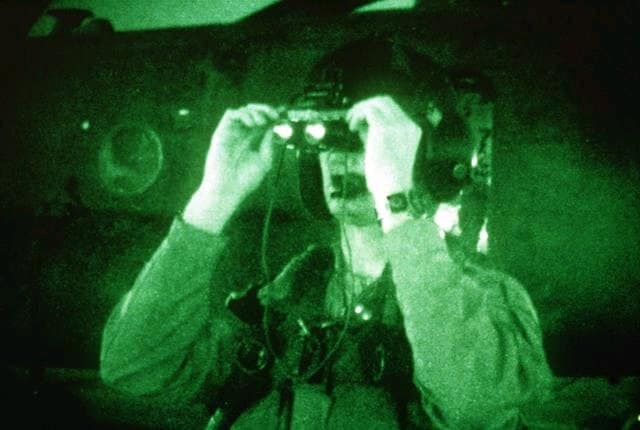About Night Vision Optics: Main and Interesting Information

The vision of nocturnal wildlife is almost perfect. And a person sees very poorly in low light and does not distinguish between heat radiation, such as reptiles. Therefore, hunting is impossible without night vision devices and thermal imagers. They expand our capabilities.
You should be aware that there are no night vision goggles with a thermal imager. These are different devices, which we will consider a little below. Each of them is designed to solve a specific range of tasks.
Major Differences
Night vision devices enhance images of very low brightness. They allow you to see the faint light reflected by objects from the moon, stars, or artificial sources. These are objects that are poorly visible to the eye in the range from violet to dark red. The wavelength is 380-780 Nm. Such devices with clip-on night vision only perceive reflected light. If not, the device will not be able to work. In fact, they also work in complete darkness but using infrared illumination. Their range expands to 1400 Nm.
A thermal imager is a device that visualizes thermal radiation. It allows you to see the temperature of certain areas of an object in comparison with neighboring, warmer, or colder areas.
It is not enough for a thermal imager that the object is simply heated. If there is no thermal contrast with the background, there will be nothing to compare with and the device will become useless. But for hunting purposes, the animal stands out strongly against the background of the chilled environment, especially in winter or at night.
Application of night vision devices and thermal imagers
Night vision devices are used to observe and recognize objects and targets only at night. They are common in the armed forces, among rescuers, security services, border guards, while protecting sensitive facilities and open perimeters. They are also used in hunting for observing the behavior of animals, tracking down the beast. Likewise, they are especially relevant for the search for nocturnal animals: wild boar, bear.
Night vision devices work well in low light, and in the dark, additional illumination is required. Anything that does not allow visible light to pass through is a hindrance: snow, rain, smoke, fog, bush branches, and tall grass.
The thermal imager is independent of external lighting. It reacts to the objects’ own radiation and can work in complete darkness, twilight or daylight. Snow, fog, smoke, grass, and bushes practically do not interfere with observation. The device allows you to distinguish between vehicles and people in camouflage, and animals can be seen against the background of foliage or snow, regardless of natural camouflage. Therefore, thermal imagers have recently become so popular among amateur hunters and gamekeepers.
Also, Read: Four Great Tips For New Online Poker Players
What the devices are made of
At the heart of the night vision device is an image intensifier. It is a vacuum device consisting of a photosensitive cathode and a phosphor-coated anode.
A thermal imager is a lot like a digital night vision device, but its sensor is sensitive to thermal radiation. The array of the thermal imager contains many microscopic sensors capable of detecting even the smallest temperature changes.
These two devices are similar to each other, but, nevertheless, they are different. Choose, buy AGM Global Vision, and we wish you happy hunting.